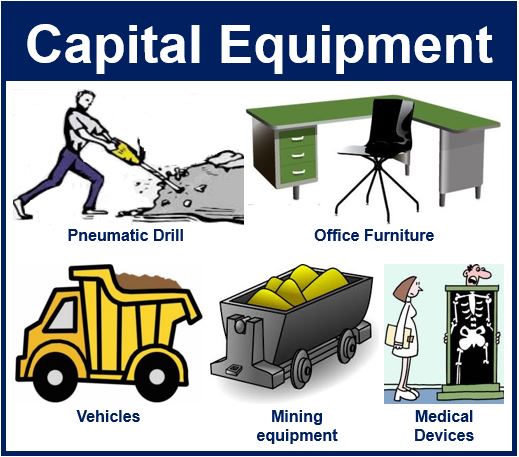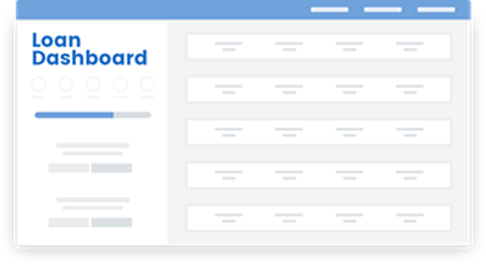Generate More Sales From Existing Stock
Secure Your Loan Agreements Using Your Own Equipment (2024)
A Vendor Finance Loan Agreement allows the Vendor or Seller of slow moving or overstocked items the option of being able to make extra sales from their existing stock whilst using that stock to secure their loan agreement with their clients. It’s a Win-Win situation for all parties involved.
Key Points we will be discussing
- Using a Vendor Finance Agreement To Increase Sales
- Becoming a Secured Creditor When Vendor Financing Your Own Product
- Vendor Financing Loan Variables
- Loan Management Dashboard
Using a Vendor Finance Agreement

The main idea to a Vendor Finance Agreement is that the Vendor actually finances the purchase of a piece of equipment or a piece of stock to their client whilst using that piece of equipment or stock as collateral for the loan agreement.
Vendor Finance Loan Agreements can be used in a couple of different ways. First, they can be used to finance those one or two pieces of equipment that are still sitting in the warehouse that haven’t shifted, or end of line product.
Or Alternatively, some businesses use them as their main way of doing business.
Becoming A Secured Creditor
Since the introduction of the PPSA or Personal Property Securities Act and its Register, the PPSR or Personal Property Securities Register becoming a Secured Creditor has never been easier.
Provided you have the appropriate legislation included in your Vendor Finance Loan Agreement vendors are able to simply register as a credit provider on their clients PPSR Files.
There are two types of Registrations,
All Present and After Acquired Property (ALLPAAP)
Firstly a Vendor can register a general security interest or ALLPAAP which stands for All Present and After Acquired Property, over the entire business being financed, locking in the total assets of the business as the loan security.
Purchase Money Security Interest (PMSI)
This is by far the most prefered option when it comes to Vendor Finance Agreements.

Loan Variables

Once a Vendor Finance Loan Agreement has been agreed to there are a number of other variables which need to be taken into account.
Interest Rate
The loan interest rate applicable to the loan agreement can be set based on the rate agreed by both parties. This can also include options such as an agreed flat fee or even a ballon payment at the end of the term to reduce monthly repayments. It is totally flexible.
Loan Term
The Loan Term is variable based on affordability and the needs of both parties. It can be anywhere from 12 months to 7 years. A two to three year period seems to be pretty standard.
Repayment Frequency
Again, totally dependant on both parties requirements but can range from weekly, fortnightly, monthly or quarterly. It is worth noting that monthly seems to be the most common but it can depend on the convenience of both parties.
Loan Payments
Our Automatic Direct Debit Facility ensures the loan payments progress smoothly over the period of the loan and helps eliminate defaults in loan repayments. It has been found that utilising a direct debit facility in conjunction with a loan back-office dashboard proves the most effective.
Loan Management Dashboard
Loan Management Dashboard
Our Vendor Finance Loan Agreement Management Dashboard provides the Vendor direct access to their Vendor Finance Loan Agreement, which you can log into at any time, available 24/7. This is where a Vendor can view all loan repayments, including which payments have been made and which are still outstanding. The Vendor will even receive automated notifications of any defaults in loan repayments by the borrower.
Our Vendor Finance Loan Agreement Management Dashboard is the centrepiece of your loan management functionality which also includes various other options such as interest and principal breakdown which is ideal for future reporting.



